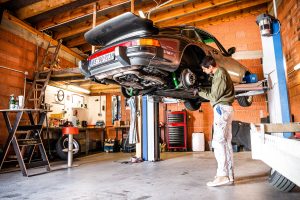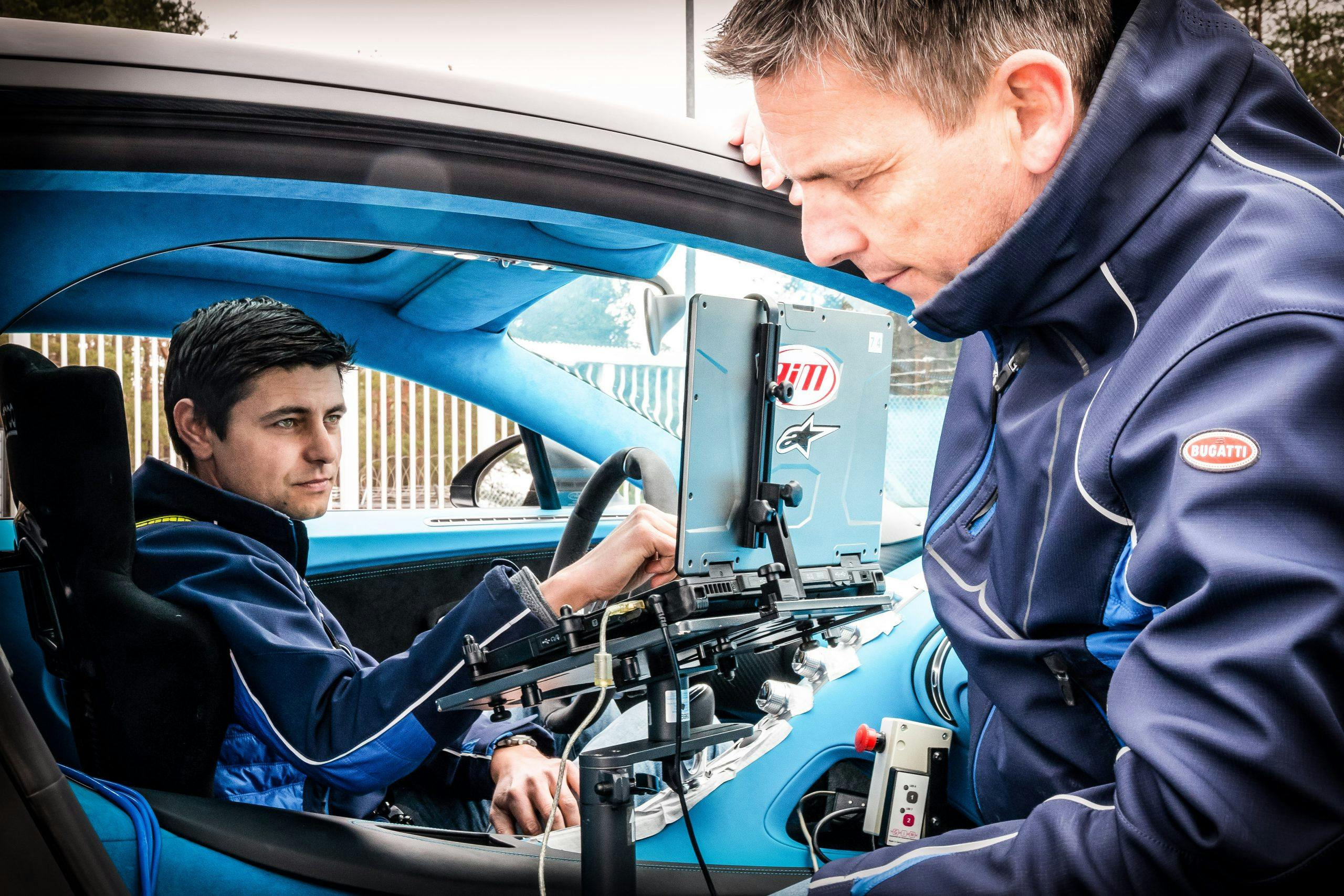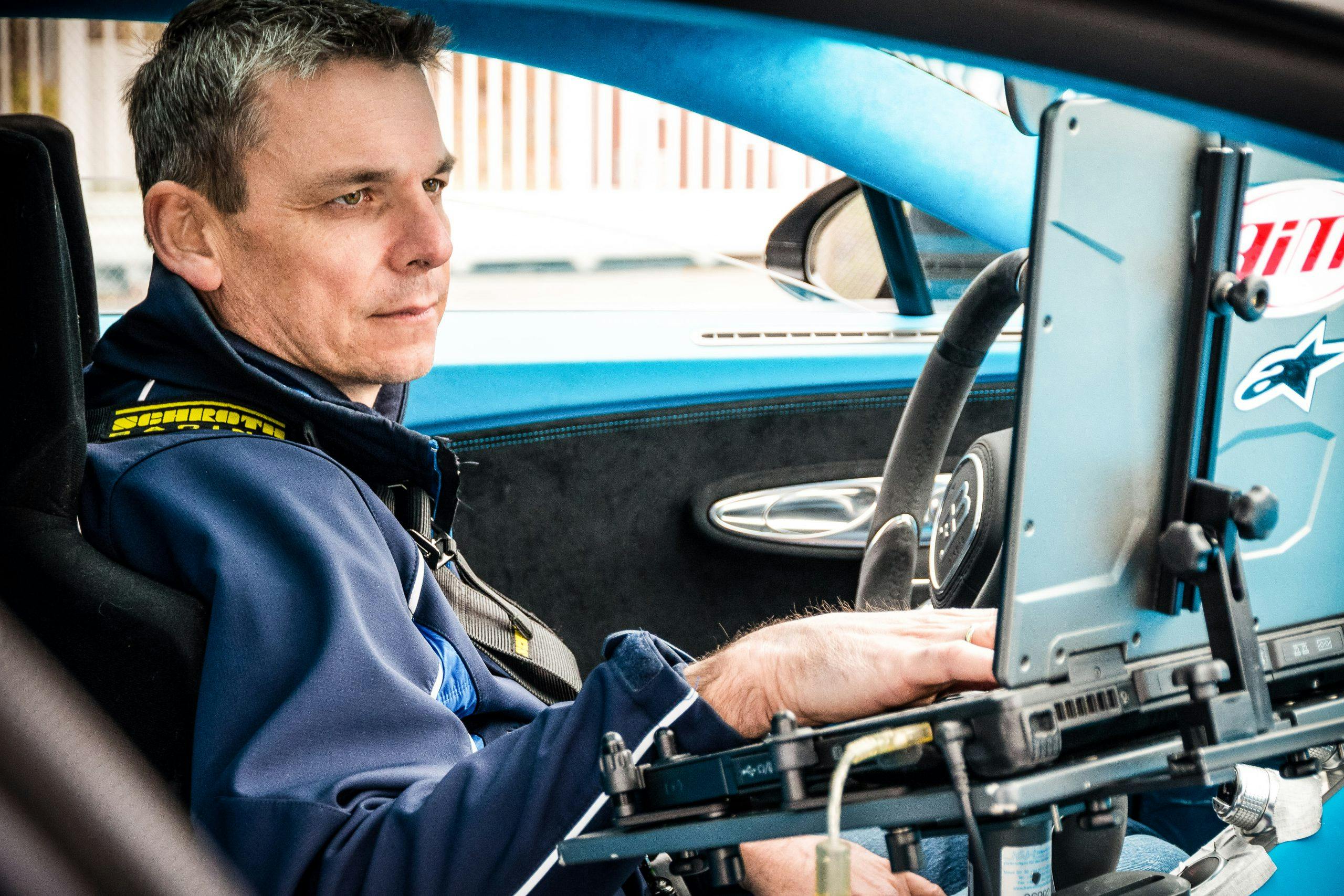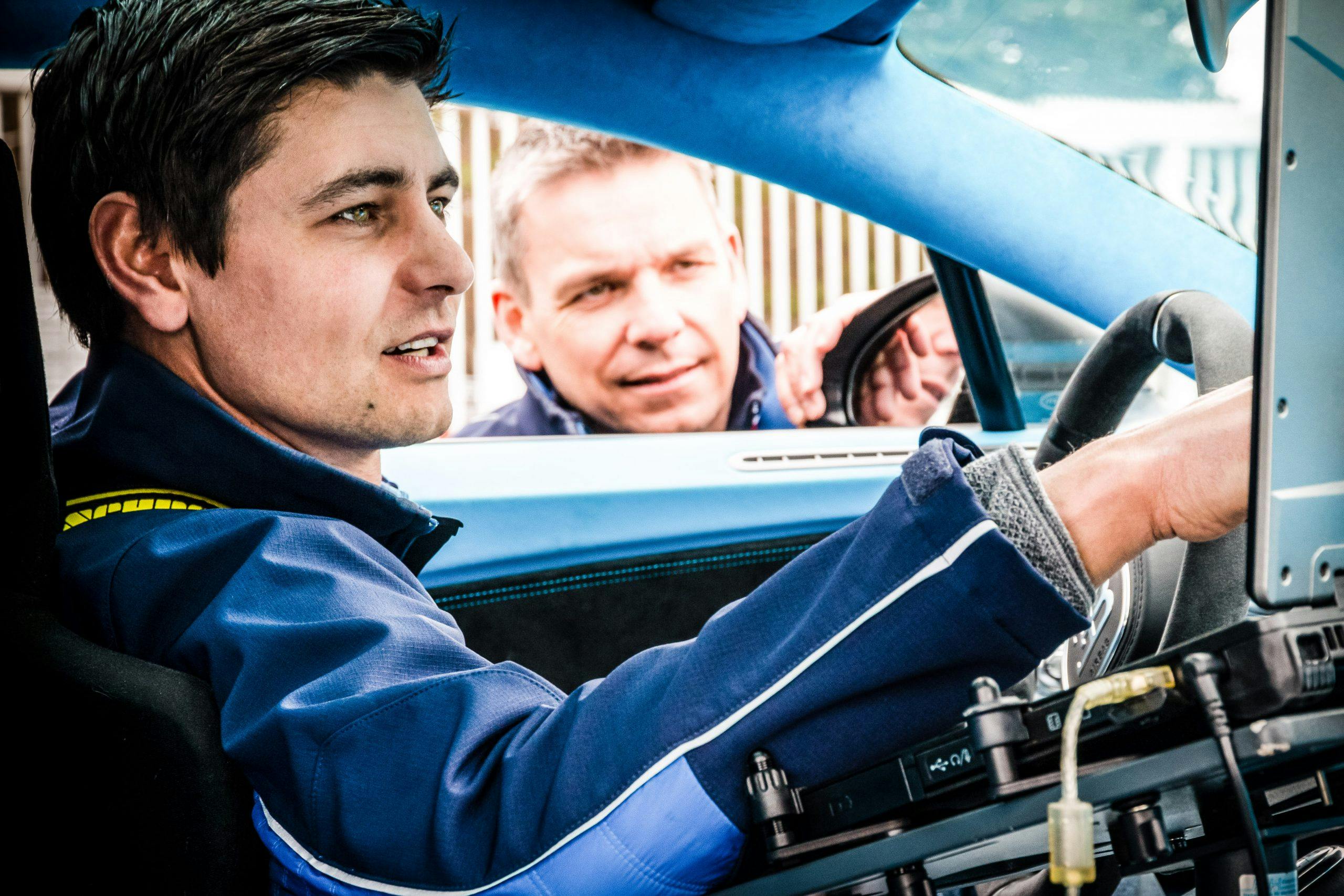Media | Articles
Bugatti’s chassis setup engineer drives a 1989 Porsche 911
It’s always interesting to discover which cars engineers in the automotive sector choose to drive, because their experience behind the wheel of a classic will always have an effect on the projects they’re working on, and the resulting cars we eventually get to drive. To give you some examples, Frank Isenberg, BMW Driver Training’s top dog and leader of the M2 project, drives a special Land Rover Defender 110: specifically, a South African limited edition with the BMW M52 2.8i engine his team swapped in for a try. Then, there’s Polestar’s Lars Lagström, who disguised his Suzuki Cappuccino as a mysterious Abarth, only to inspire others in Sweden to get kei car track machines as well. Meanwhile, one of Jaguar Land Rover’s vehicle dynamics test drivers drives a manual-swapped BMW E46 M3 CSL.
At Bugatti, Lars Fischer is head of chassis testing and application, while Sven Bohnhorst is the chassis setup engineer who’s been driving all those latest Chiron derivatives until their handling is just right. 48-year-old Mr. Fischer has been with Bugatti since 2011, and had this to say about the company’s lockdown practices:
“Although we are not working in the office at present, we are constantly developing the vehicles further and driving numerous kilometers at the test sites and on public roads. This means we are still on schedule. At the moment, we agree every morning on which applications we want to test over the next two days so that we can react quickly to new situations. Normally we would plan our tasks in advance on a weekly basis. We always have to check how the other employees are working and whether any legal regulations have changed.”
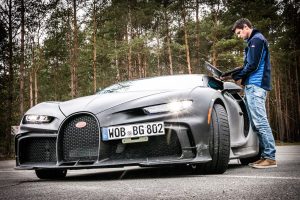
31-year-old Sven Bohnhorst has been Bugatti’s steering and damping specialist since 2014. The lockdown has also affected his daily routine, since test drives are strictly solo now, which means he has to stop every time he wants to change certain test parameters on the laptop. There’s also the fact that they just can’t stay at a hotel overnight at the Nürburgring, or anywhere around their headquarters in southern France. That means quick loops only.
“Normally, we always have two engineers working on test drives in the Chiron or Divo so that the tests can be driven according to a set checklist and the data can be saved to a computer in real time,” Bohnhorst says. “Since we always maintain the recommended safe distance from our colleagues and this is not possible in a car, we are currently driving solo. But the data obtained is as accurate as ever.”
Marketplace
Buy and sell classics with confidence
Mr. Fischer adds that “although many things can be explained in telephone conferences, face-to-face communication directly in the car is easier when dealing with complex topics.”
On the plus side, not having long business trips scheduled lets both engineers work more on their personal projects, with Bohnhorst taking care of his 1989 Porsche 911 3.2 Carrera. Being a late Euro-spec 3.2 model with a curb weight of 2557 pounds, his 911 may be significantly lighter than even the most focused of Chirons, yet it may just result in a Bugatti that can hide its mass as well as a 911 can its rear-engine tendency to oversteer …
